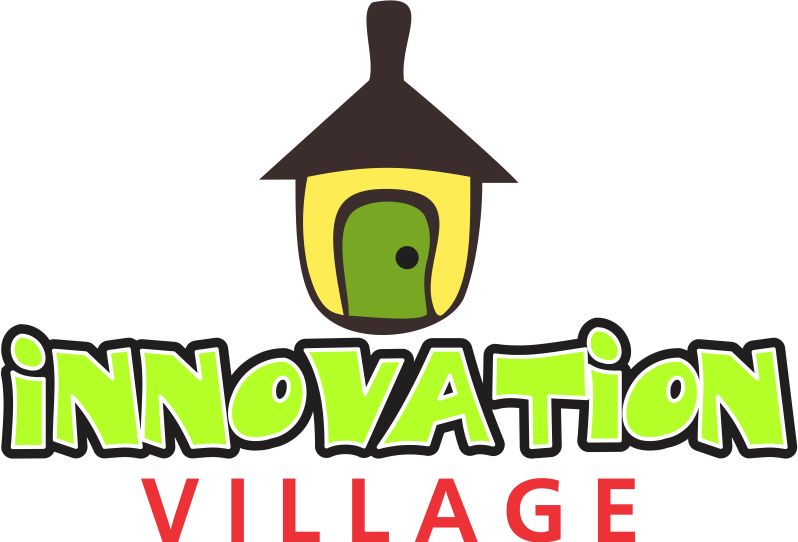OpenAI is secretly working on re-opening its Robotics division if we go by Caitlin Kalinowski’s post on the X platform. This is an interesting turnaround as the company closed the doors on its robotics division in 2020 to focus on building Large Language Models, capable of achieving Artificial General Intelligence.
Caitlin Kalinowski announced plans for OpenAI to create robots with custom sensors. Caitlin Kalinowski, who recently left Meta, leads the robotics and consumer hardware initiatives at OpenAI, focusing on integrating artificial intelligence into physical devices.
The job postings reveal that the newly established robotics team will concentrate on creating “general-purpose,” “adaptive,” and “versatile” robots designed to function in dynamic, real-world settings with human-like intelligence.
To achieve this vision, the team will integrate sensors and computational components, leveraging OpenAI’s existing models and technologies to seamlessly combine hardware with software. Their goal is to design and mass-produce highly capable robots—potentially humanoid in form and possibly equipped with limbs—with a production target reportedly exceeding one million units.
Currently, OpenAI’s hiring efforts are centered on three key roles: an Electronic Perception Engineer to develop custom sensor systems, a Robotics Mechanical Design Engineer to design the robots’ core mechanical systems, and a Technical Project Manager to oversee and coordinate the entire development process.
OpenAI’s decision to re-establish its robotics division aligns with the growing industry emphasis on integrating advanced AI into physical systems. Recent advancements in AI and robotics, along with increased investments from major tech companies, have created a conducive environment for OpenAI to revisit and expand its robotics initiatives.
Additionally, OpenAI has been investing in robotics startups, such as Figure AI and 1X Technologies, to further its reach in the robotics sector. These investments suggest a strategic approach to collaborating with specialized companies to enhance its capabilities in developing humanoid robots.
In summary, OpenAI’s re-entry into robotics is driven by the convergence of advanced AI technologies and the increasing demand for intelligent robotic systems. By leveraging its AI expertise and investing in both internal development and external partnerships, OpenAI is positioning itself to make significant contributions to the future of robotics.


